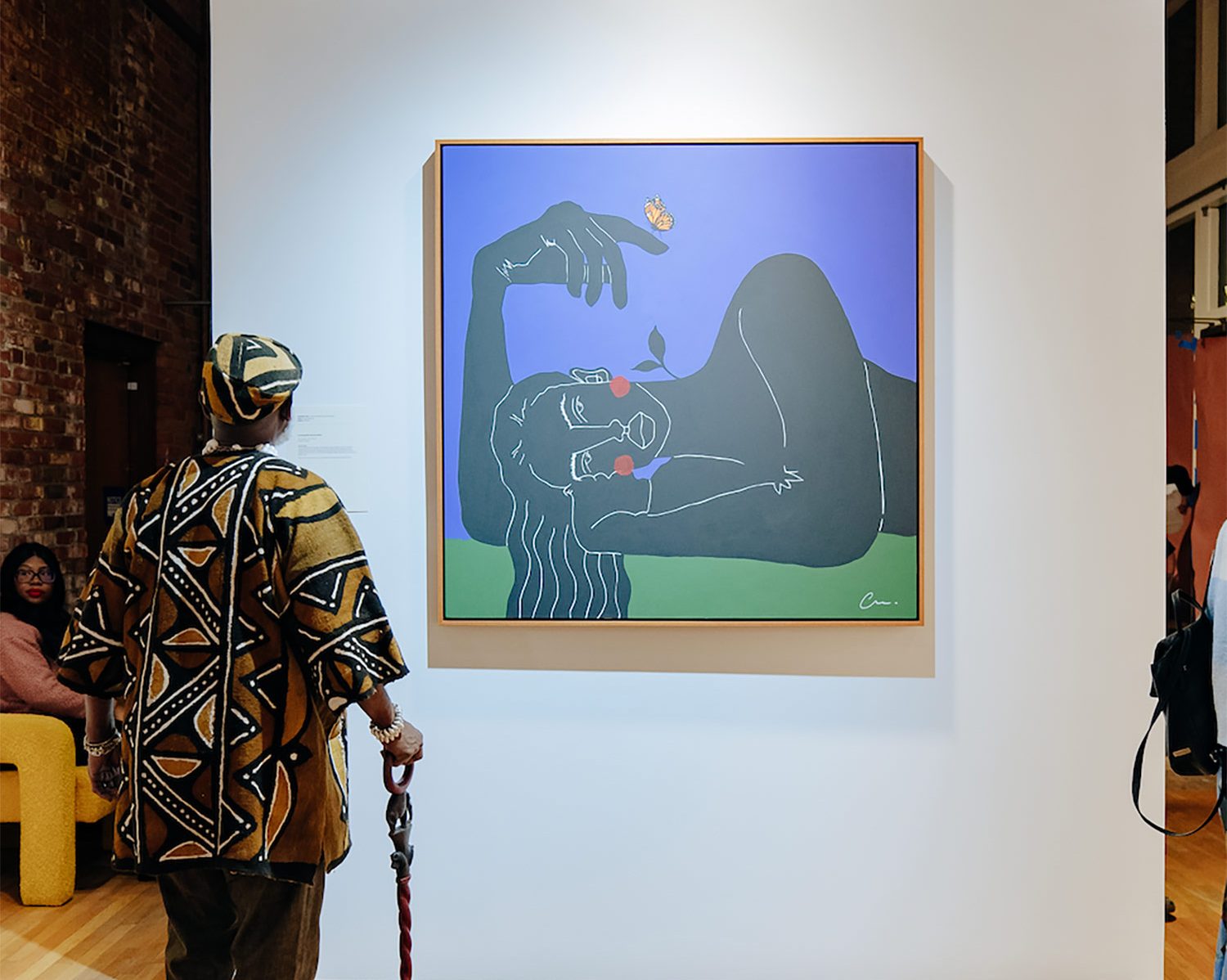
tEEth’s Home Made begins with two lovers coddling blissfully beneath a stretched white fabric. Assisted by a flashlight and a hand-held camera, they explore one another by gingerly brushing skin, squeezing folds, and following contours. All signs point to a relationship of pure love and appreciation, with no indicator of roughness save for an occasional bite mark.
When they finally put down the camera and rise, the flashlight is placed so that the shadows of dancers Noel Plemmons and Keely McIntyre fall upon the sheet, which has now been stretched by their bodies to resemble a cavernous hollowed out space. A live soundtrack created by two vocalists and two ambient noise-makers subsides upon occasion, leaving one to hear nothing but the heavy footsteps of the dancers, falling in unison as they lift and drop one another forcefully. When not fused together as one, they repel and attract one another, dancing near then far like cogs on a geared mechanism. Their eventual confused circling pulls in the edges of the sheet, creating a swirled mess with them embracing at the center.
When Plemmons and McIntyre emerge from beneath the fabric, they are fully dressed in custom-tailored outfits that accentuate typical male-female gender roles. In full view of the audience, they undergo a series of complex repetitive sequences which shift upon every iteration, rotating to give showgoers different angles of their maniacal facial expressions and powerful gestures. What had once been a relationship of gentility now exhibits violent qualities as well; the two exchange sensual kisses in symmetrical form just as readily as they scream soundlessly into one another faces. They play with brutality, building off tension that is simultaneously muted and explosive, both humorous and so, so twisted.
Home Made is bold. It flies wildly in the face of viewers without apology. Once Plemmons and McIntyre strip down to nothing and begin to flail their bodies in every direction, one expects them to embody sexuality in its most carnal form. Yet, as they kiss and prod one another while alternating between robotic stiffness and passionate humanism, confusion sets in about whether their characters are dictating their actions or if their actions are being dictated by the nature of their physiologies. Using just their bodies, guttural noises, and mouthings of gibberish, Plemmons and McIntyre explore the balance between love and loathing in human relationships, and just how difficult it is to be a creature both mindful and visceral.
(Editor’s note: Apologies for our initial publishing of the article with incorrect names. The dancers are actually Noel Plemmons and Keely McIntyre.)






